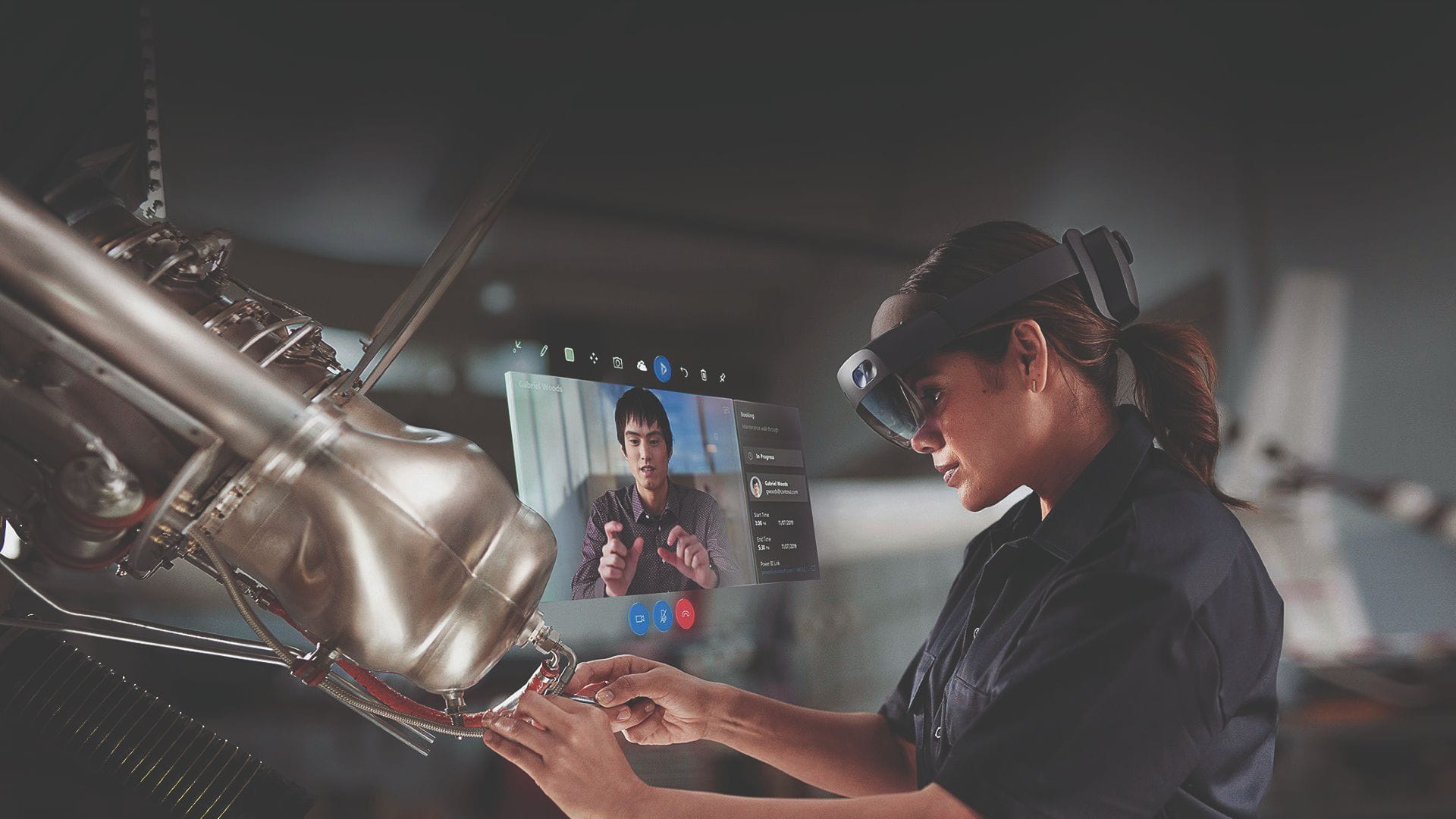Augmented Reality and Intelligence Automation
The Perfect Combination

Everyone’s heard of artificial intelligence, more commonly known as AI, but have you heard of intelligence augmentation, or IA? No, it’s not an illegal substance that alters your thinking capabilities to make you highly intelligent; though, it does come close!
IA is closely linked with AI, but it takes a backseat in making decisions for you; to put it simply, with IA, you’re at the wheel. Intelligence augmentation systems analyse information and present it for your consideration. And, no, it’s not capable of ‘taking over the world.’ To think of it, IA plays more of an assistant-like role, focused on helping humans rather than automating tasks to effectively replace human intervention.
Shifting to augmented reality, or AR, it made a surprising comeback over a year ago and looks to be a way we interact with technology as we head into the future. Some may confuse virtual reality with augmented reality; virtual reality, commonly known as VR, places you in virtually created environments where you interact with virtual entities. In contrary, as you might have already seen through your smartphones, AR adds, (rather projects overlays of) virtual elements to the actual, physical world around you. Need an example of how this would pan out in the near future? Look no further than the holographic projections used by Iron Man to create his suit, as well as additions to it. Even Peter Parker, for that matter, used the same approach for creating his suit in the recent “Spiderman: Far From Home”. The only exception is that instead of using holograms as an interface, AR headsets or smartphones are used. Soon, in the next few years, the technology behind AR may make its way into our normal, everyday glasses.
Now, combine the two, and think of the amazing, revolutionary product formed, at least in theory or imagination. Well, honestly, I think it’s the perfect combination in terms of its wide array of practical use cases. It’s no wonder why the industry is shifting towards augmented reality oriented technologies, especially on the manufacturing and business side of things. From Microsoft’s HoloLens 2 and Google’s Glass Enterprise Edition 2 to Apple’s rumoured, upcoming AR glasses, it’s easy to observe a pattern: companies are creating more personal devices. What started with laptops and smartphones is now slowly moving on to our wrists in the form of fitness trackers and smart-watches. Looks like the step after that is integrating the same technology found in smartphones as well as smartwatches into our glasses!

Need another example? Again, coming back to Iron Man and his infamous suit of armour, think of the heads up display he uses to analyse and gain a better understanding of his environment as well as on the state of his suit. Alternatively, you could consider the glasses worn by secret agents in the movie “Kingsman: Secret Service” and “Kingsman: Golden circle,” which serve to provide a means of communicating with other agents and acess to essential information. In general, the notion of combining AR and IA has existed in the context of films, video games, books, and series for a long time. Heads up displays are especially used a lot in games, where information regarding a player’s environment and statistics are vital to completing the game. Imagine completing Minecraft without health and hunger bars or even playing a game of competitive CS:GO without a mini-map. Games such as Pokemon Go and Minecraft Earth have shown the potential of AR in creating a interactive, immersive real-world experience; however, the software, or hardware for that matter, isn’t optimal for a seamless user experience when considering it as a general, standalone platform.
Currently, Google’s and Microsoft’s implementations of this set of devices, as previously mentioned, are mainly geared towards improving productivity in the business and manufacturing segments. This could be thought of as a ‘testing ground’ to tune the product. However, its use in the business space is not to deny that it can’t be used from a commercial standpoint; rather, it’s a matter of picking the right time. Building third-party support is key for the sustenance and popularity of this product in the commercial space. In addition, the quality of the product and the services it offers makes or breaks the deal for consumers.
It’s often amazing to visualise a future where we would be constantly connected with the world without having to look down at our smartphones. Imagine the most general use cases where virtual arrows help guide your way to a destination or even show you health statistics, time, weather, and even notifications on a virtual sidebar! It’s great to witness the actual development of technology that are commonplace in fictional environments. More than that, it’s truly a great and exciting time for the tech space.








